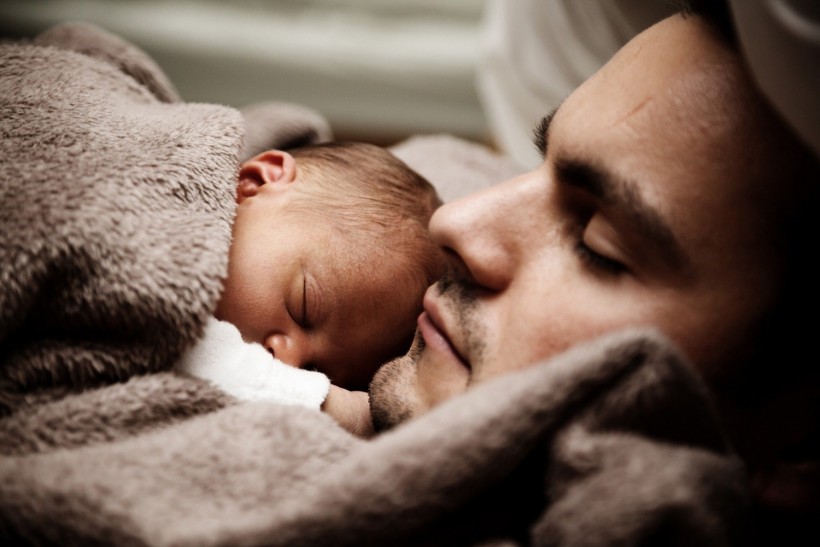A study using mice was conducted to find out how paternal aging affects the vocal behavior of a baby. The study was led by Professor Noriko Osumi of the Tohoku University Graduate School of Medicine.
Vocal Behavior of Baby Mice in Relation to the Father's Age
To find out how the father's age influences the baby mice or pups' vocal behavior and the growth of their body weight, an international research team has examined the verbal activity of pups. Their research enables them to comprehend the vocal development of infants more fully. The team's research was published in the iScience magazine.
Research shows that a baby's crying can be a developmental indicator. Based on a study published in the journal PubMed, the main way a baby can express needs and feelings to a parent is by crying. When newborns cry differently, it could be a sign that they have an autism spectrum disorder or another neurological problem. Children with these diseases exhibit specific weeping patterns, according to researchers.
However, scientists do not fully comprehend why these children's crying patterns are unique. According to recent studies, advanced paternal age has been linked to reduced body weight and neurodevelopmental abnormalities in kids.
Research Findings on Baby Mice's Vocal Behavior
One of the team's key discoveries, according to Professor Osumi, was that paternal aging changes infants' voice development and increased the frequency of kids with abnormal developmental patterns. Pups with aging fathers share a vocal trait with mice used as a model for autism spectrum disorder. Additionally, pups born to young fathers displayed a wide range of behaviors, but those born to old fathers showed a narrow range of behaviors.
To understand more about the neurobiology of vocal communication, researchers have recently researched ultrasonic vocalizations in mice published in Neural Regeneration Research. They know that a pup will emit ultrasonic vocalizations of different sound components when removed from its mother and other pups in the litter. The mother responds by coming to get the pup as soon as she hears these noises. The mice's behavior is similar to that of a mother and child in humans.
Process Conducted in Analyzing Mice's Vocal Behavior
The Tohoku University research team conducted a series of computational analyses of ultrasound vocalizations, comparing the pups of females who mated with young males and females who mated with older males. They separated the young dogs from their mother and littermates, one by one, and recorded the ultrasonic vocalizations. Then the researchers analyzed the ultrasonic vocalization sonograms using machine learning tools.

Father baby portrait
The researchers studied syllable-based ultrasonic vocalization. According to their research, the frequency and duration of the syllables decreased in pups whose fathers were older. Additionally, the syllable composition changed to have a smaller syllable repertoire.
They also determined the pups' body weight after they had recorded each ultrasonic vocalization. When the weights were compared, the researchers found that pups with older fathers consistently gained less body weight than pups with younger fathers.
ALSO READ: Harmless Head Bobbing in Newborn Infants a Sign of Severe Respiratory Distress, Expert Warns
Researchers' Conclusion
Advanced paternal age may be a risk factor for neurodevelopmental abnormalities in present societies when people marry and have children at older ages. This result confirms the clinical evidence that increased paternal age is a risk factor for the abnormal development seen in kids with neurodevelopmental problems.
It implies that the impact of advanced paternal age may be seen as early as infancy. The team's next goal is to pinpoint the neurological underpinnings of ultrasound generation and the ways that a father's advanced age affects the offspring.
RELATED ARTICLE: Babbling Bats: Like an Infant, These Animal Species Babble to Get Their Parents' Attention
Check out more news and information on Medicine and Health in Science Times.














